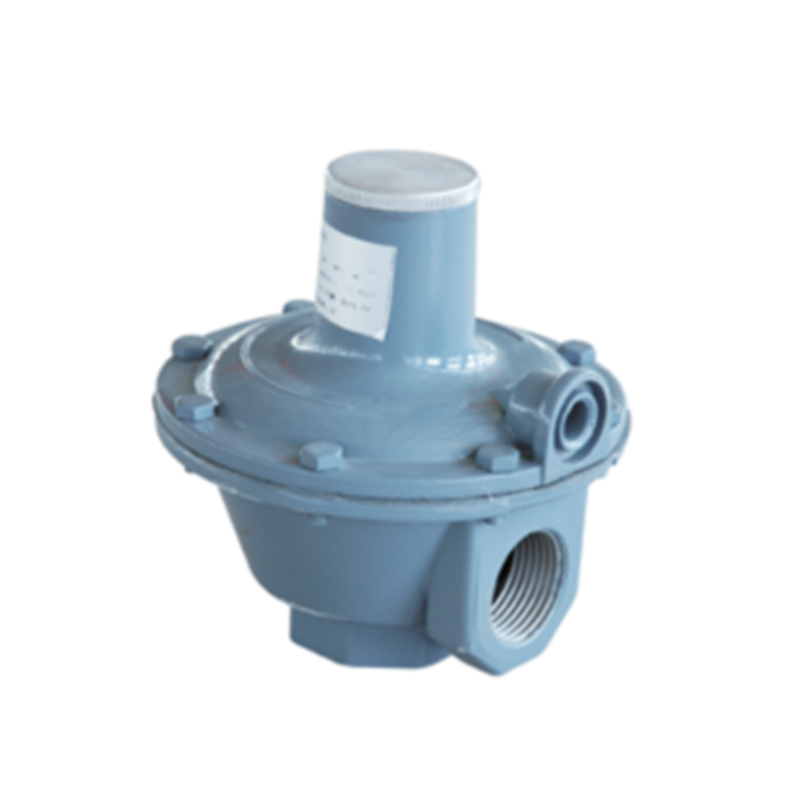
10 月 . 03, 2024 20:00
Back to list
coalescing filter
Understanding Coalescing Filters A Key Component in Fluid Mechanics
Coalescing filters play a vital role in various industrial applications, particularly in the fields of hydraulic systems, fuel processing, and water treatment. These filters are designed to remove small water droplets from fuels and oils, ensuring that the final product is free from contaminants that could cause damage to machinery or reduce the efficiency of fuel systems.
The Mechanism of Coalescing Filters
At the heart of a coalescing filter's function is its ability to combine tiny water droplets into larger ones, a process known as coalescence. When fluid containing water droplets flows through the filter medium, the filter’s fibers capture these droplets. As more droplets are captured, they begin to merge together due to the adhesive forces and the physical design of the filter. Once the droplets attain a sufficient size, they become heavy enough to separate from the fuel, typically gravitating down to a sump or collection area within the filter system.
The design of coalescing filters often involves multiple stages of filtration. The initial stage captures larger particles and contaminants, while the subsequent stages are tailored for finer filtration to ensure that even the smallest water droplets are removed. This multi-stage approach enhances the efficiency of the filtering process and prolongs the life of the filter.
Applications of Coalescing Filters
Coalescing filters find extensive application across various industries. In the aviation sector, for instance, they are crucial for maintaining the integrity of aircraft fuel systems. Water contamination in aviation fuels can lead to serious operational hazards, including engine failure. By utilizing coalescing filters, the industry can ensure that the fuel is free from water and other particulates.
coalescing filter

In the realm of machinery, hydraulic systems rely heavily on clean fluids for optimal performance. Contaminants can lead to wear and tear on hydraulic components, resulting in costly repairs or replacements. Coalescing filters provide a barrier against these issues, helping to extend the life of hydraulic equipment.
Water treatment facilities also utilize coalescing filters as part of their process to remove impurities. By effectively separating water from other fluids, these filters aid in ensuring that the water supply remains clean and safe for consumption.
Advantages of Coalescing Filters
One of the primary advantages of coalescing filters is their efficiency. They are capable of removing up to 99% of free water from fuels and oils, which significantly improves the quality of the final product. Furthermore, coalescing filters can handle varying flow rates and are scalable, making them suitable for both small-scale and large industrial applications.
Additionally, these filters require relatively low maintenance compared to other filtration systems. This reduces operational costs over time and enhances reliability in critical systems.
Conclusion
In conclusion, coalescing filters are essential components in the filtration of fluids across multiple sectors. Their ability to effectively remove water and particulates ensures the integrity and performance of various systems, from aviation to industrial machinery and water treatment facilities. As industries continue to prioritize the efficiency and reliability of their operations, the significance of coalescing filters will only continue to grow, solidifying their place as indispensable tools in modern fluid mechanics.
Next:
Latest news
-
Unlocking The Quality Gas Pressure ReducersNewsNov.01,2024
-
The Role of Gas Pressure Reducing StationsNewsNov.01,2024
-
The Importance and Functionality of Safety Relief ValvesNewsNov.01,2024
-
The Essential Role of Safety Valves in Natural Gas ApplicationsNewsNov.01,2024
-
The Essential Role of Gas Pressure RegulatorsNewsNov.01,2024
-
Enhance Your Premium Gas FiltersNewsNov.01,2024

